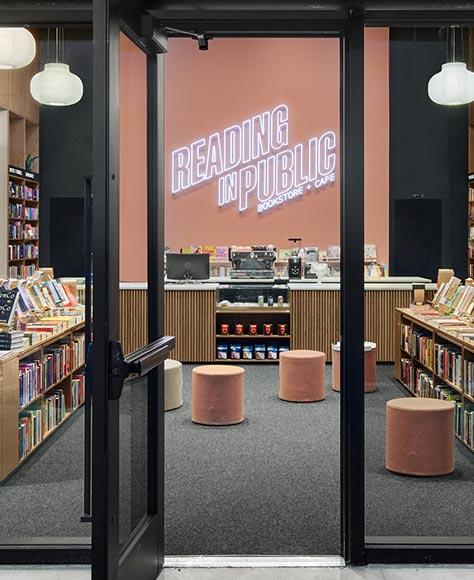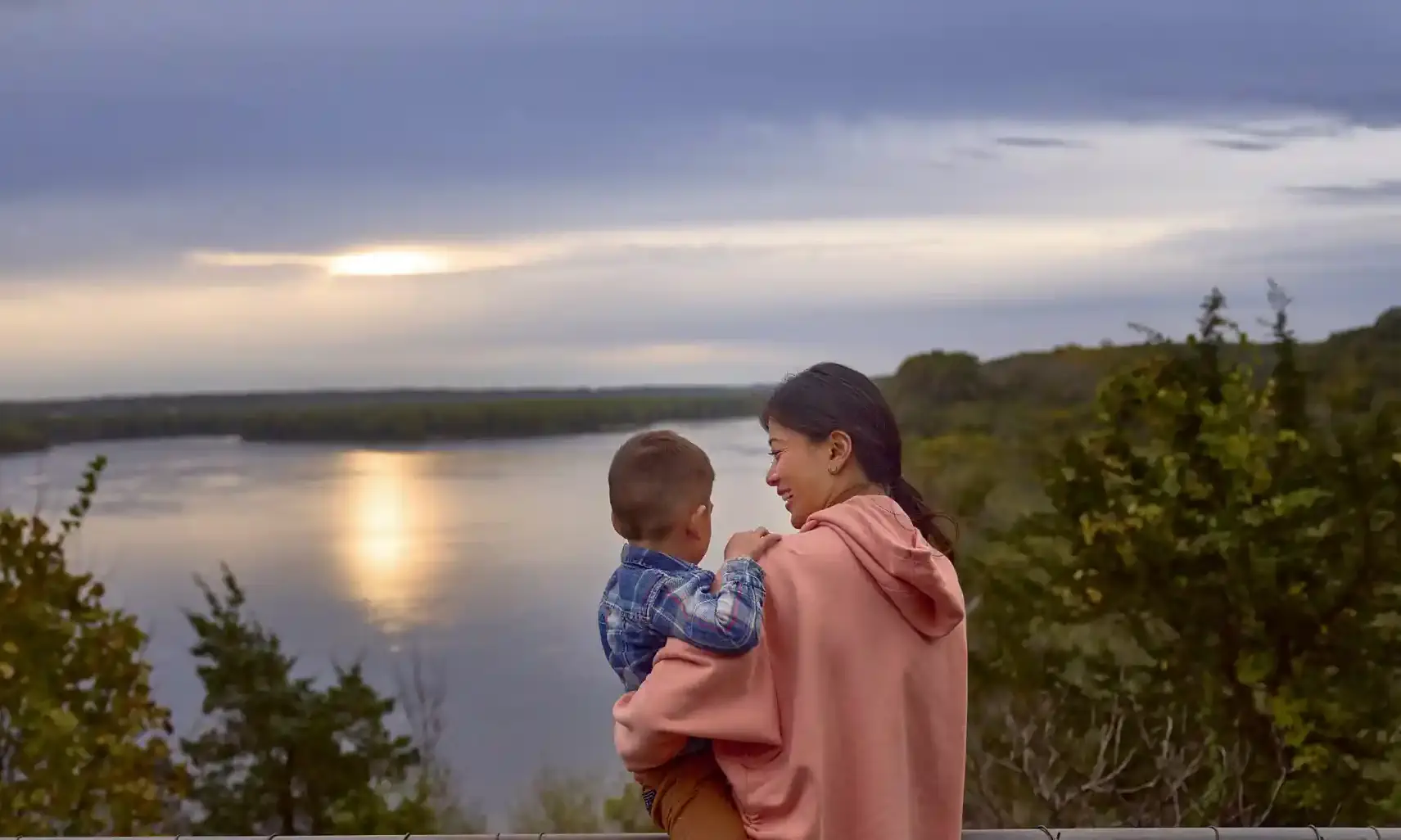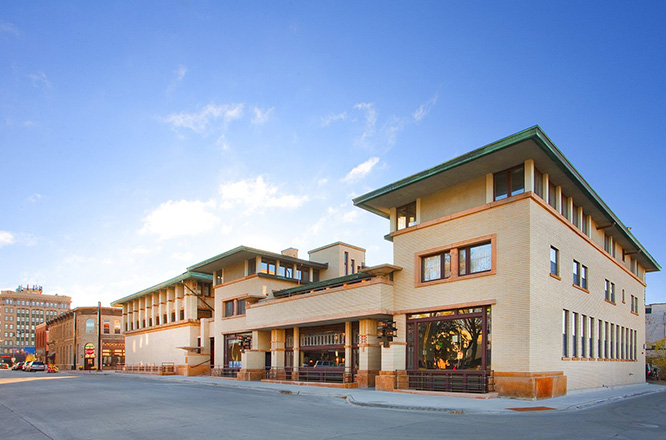
The restoration of the only remaining Frank Lloyd Wright-designed hotel in 2011 put the quaint community of Mason City on the map. Now, more than a decade later, this pristine building has not only attracted several architecture enthusiasts to the area, but it has also served as a catalyst for additional investment in the community.
Back to its Roots
While a beauty back in its day, the Park Inn closed in the 1970s and was converted into apartments. Fast-forward to the late ’80s, and the building was in such poor condition that the city required the tenants to relocate.
Ownership of the building became a bit of a sticky situation for a while, as it bounced from the city to a local nonprofit and then back to the city. For a short time, it was even listed on eBay.
In 2005, however, a group of Mason City residents created Wright on the Park, a nonprofit organization whose primary purpose was to preserve, restore and educate the public on the importance of the historic hotel.
Once the organization took ownership, it began renovations, including removing extra walls added to create the apartments. “We started coming up with designs,” says Peggy Bang, a Wright on the Park board member. “We also got a research grant going to find out about our inn use, how we could make this work financially.”
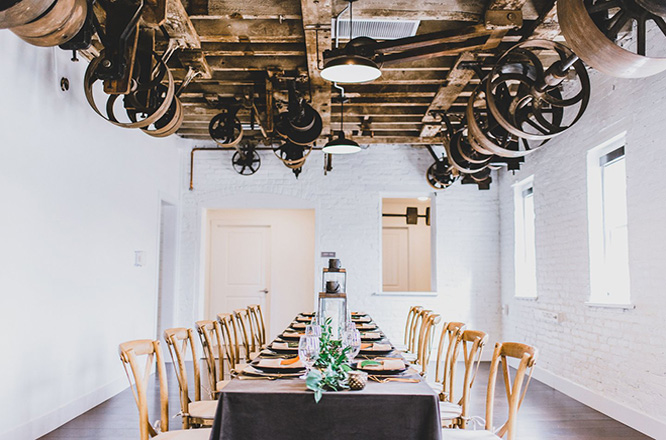
The organization secured $18.5 million in grants that it used to fund the restoration.
The hotel was largely stripped back to its bones, including some of its original floor tiles, during the extensive restoration. Plus, the nonprofit acquired a few pieces, like a skylight, that had been removed over the years.
Sparking Change
Post-restoration, the Historic Park Inn became a key component in the redevelopment of the downtown district.
Not only have retail shops, restaurants and breweries opened, but a former JCPenney store was converted into a multipurpose arena, and apartments, townhomes and a new performing arts pavilion were constructed.
“There’s no denying that the restoration of the hotel has positively impacted our community,” says Lindsey James, executive director of Visit Mason City.
“All of these projects and investments positively impact quality of life, job creation, tourism growth and additional economic development throughout the community.”
Additional Adaptations
The story of the restored Historic Park Inn is far from isolated, however. In fact, Iowa is full of thriving communities that are diligently working to make their downtowns even better places to live, work and play.
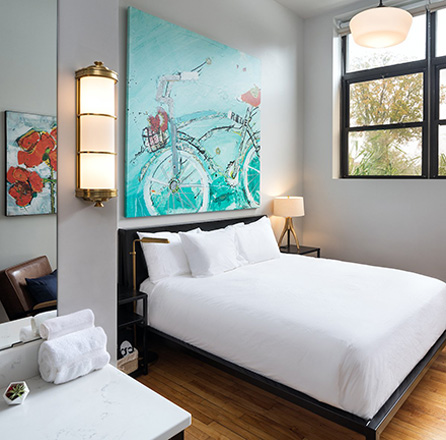
For example, in Amana, a luxury boutique hotel called Hotel Millwright opened in what was once a woolen mill built in 1855. Plus, in Grinnell, a former junior high school built in 1921 was converted into the beautiful Hotel Grinnell.
In addition to hotels, many communities – with the help of the state – are improving their housing selection.
In 2021, Iowa’s government committed $100 million to increase the state’s housing supply and to protect and expand opportunities for Iowans to live in or near the communities where they work. A portion of those funds – $20 million – went toward the Downtown Housing Grant Program to support downtown housing projects in 61 communities.
“An adequate housing supply is the lynchpin to attracting and retaining a healthy and flourishing workforce,” says Gov. Kim Reynolds. “The investments will not only provide Iowans the opportunity to live near where they work but they will breathe new life into dozens of underutilized facilities in our communities.”
Examples of projects that were awarded funds through the program include the former Iowa Mutual Insurance building in DeWitt, which will create 53 rental homes; a former middle school in Jefferson, which will be converted into 25 rental homes; and a historic brewery in Cascade, which will be made into 10 new rental homes.
“One thing I think people don’t realize, but they should – preservation is one of the greenest things you can do for the environment,” Bang says. “You’re taking already existing materials, mostly, and you just add to it what you need to make it workable again.”
This story was developed for the 2023 ‘This is Iowa’ statewide guide published in partnership with Livability.
